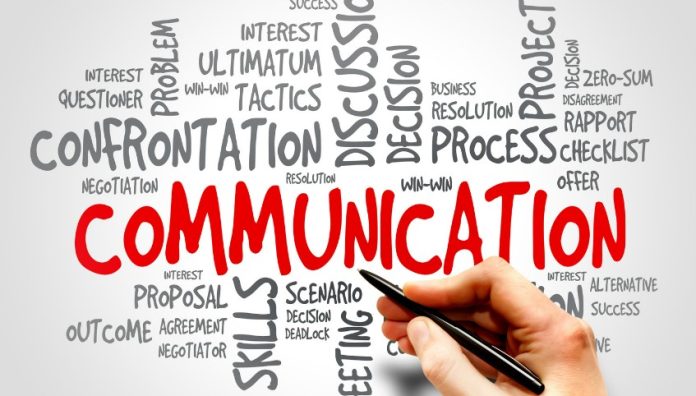Table of Contents
Communication plays a crucial role in every business. Effective communication is essential to conveying business goals, building strategies, and improving customer service and branding. Most business owners often struggle to achieve their goals due to a lack of communication. Poor communication can make any business fall into chaos.
The results of poor internal communication are lower productivity, missed deadlines, lost opportunities, misunderstandings between employees, etc. As a business owner, you need to understand the importance of communication and how to overcome organisational barriers.
6 Organisational Barriers To Communication
Let’s examine some of the common barriers to communication in an organisation and how to overcome them. So, let’s get started right away!
1. Status And Power Consciousness
A person’s status in an organisation refers to their authority and position. This is a common organisational barrier to communication. Employees often hesitate to communicate their issues with the senior employee management. They consider the employee incompetent and unworthy of a job role.
Moreover, the senior management in an organisation is also conscious of their status. They believe that communicating with junior employees will impact their dignity. However, the seniors in an organisation need to understand the importance of communication with juniors. After all, they are the ones who help a business to grow. And without effective internal communication, a company won’t sustain itself for long in the industry.
When the subordinates are not valued by their seniors, they will feel nervous and shaky in communicating their problems with them. So, the only solution to this organisational barrier is to value your juniors and give them the freedom to talk freely. This will boost employee retention rates and enhance the business’s overall productivity.
2. Noise Barrier
Another common communication barrier in organisations is noise. It occurs in mainly two forms: physical and technical. It hinders communication between the employees and prevents them from hearing properly. For example, the noise communication barrier is common in factories and warehouses where large machinery makes a loud noise and makes the workers unable to communicate appropriately. This is known as physical noise.

However, noise isn’t only about loud sounds. Sometimes, it may exist at the end of the sender and the receiver. For example, if you run a telecommunication business. In that case, your employees may struggle with sound signals due to weather conditions or other technical problems. Thus, your employees won’t be able to communicate properly with the client on the phone, resulting in miscommunication. This is considered a technical noise.
Surprisingly, a one-stop solution to this problem is to change the oral communication method. For example, if your employees are struggling with phone cables or other technical issues, online tools like Skype or Zoom can be a better option. They only require a stable internet connection. In the case of factories and warehouses, you can communicate with your workers when heavy machinery is not in use.
3. Goal Conflicts
Misunderstandings and clashes between two employees in an organisation are common. It happens because their relationship with each other is not cordial. However, the reasons for this kind of relationship are many.
While clashes between employees are a part of the corporate world, it sometimes hinders the business from achieving its desired goals. When the relationship between employees in a department is not cordial, how will they communicate and discuss the business goals?
Well, there is a solution for this, too. Managers should actively listen to their employees and discuss their problems. With this, the employees will feel free to discuss any issue with the managers, which can help prevent the conflicts from escalating further.
4. Cultural Differences
Cultural differences are not a big thing, but sometimes it acts as a communication barrier. Your employees’ words, symbols, or language can mean different things to others in different countries.
For example, people in the USA prefer to be called by their first name. In contrast, people in India love to be called by their last name. So, what’s the solution?

As a business owner, you should define your brand values and how your staff can exemplify those values. By creating an environment that prioritises your brand value, you will successfully break down the cultural barriers. Moreover, you can communicate proper rules and expectations about internal communication.
5. Message Filtering
In most organisations, a sender uses message filtering to make it sound more favourable to the receiver. Message filtering also involves removing and delaying the information, which often results in miscommunication between employees.
For example, junior employees often synthesise information to get maximum benefits for themselves. Also, they hold back and ignore some parts of the data. So, this communication barrier is most common in organisations today.
6. Poor Coordination
In today’s corporate world, poor coordination has become a significant problem in every organisation. It damages different departments and makes the seniors unaware of what everyone is doing in the organisation.

Seniors are out of touch with their juniors, and they poorly communicate the goals that employees cannot understand how business works. As a business owner, you must ensure that every employee of different departments is on the same page.
Conclusion
Communication plays a critical role in every business. If it isn’t right, your business won’t succeed if it’s on the right track. It will act as the best productivity hack and reduce employee turnover rates.


